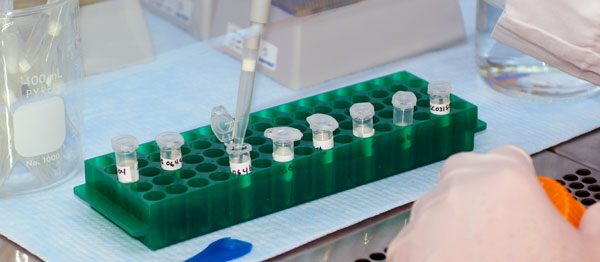Introduction
The establishment of DNA analysis within the criminal justice system in the mid-1980s revolutionized the field of forensic science. With subsequent refinement of DNA analysis methods in crime laboratories, even minute amounts of blood, saliva, semen, skin cells or other biological material may be used to develop investigative leads, link a perpetrator or victim to a crime scene, or confirm or disprove an account of the crime.
Because of the accuracy and reliability of forensic DNA analysis, this evidence has also become an invaluable tool for exonerating individuals who have been wrongfully convicted.

The successes of DNA evidence in criminal trials has captured more than headlines, however—it has captured the public’s imagination as well. Jurors now increasingly expect DNA evidence to be presented in a wider array of cases, even when other types of evidence may be more valuable to the investigation.